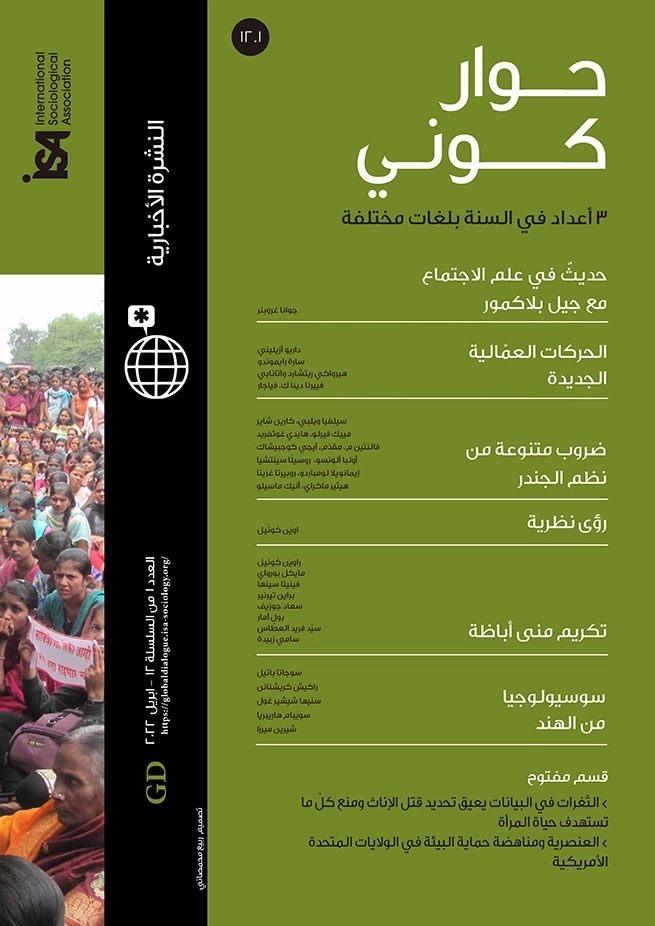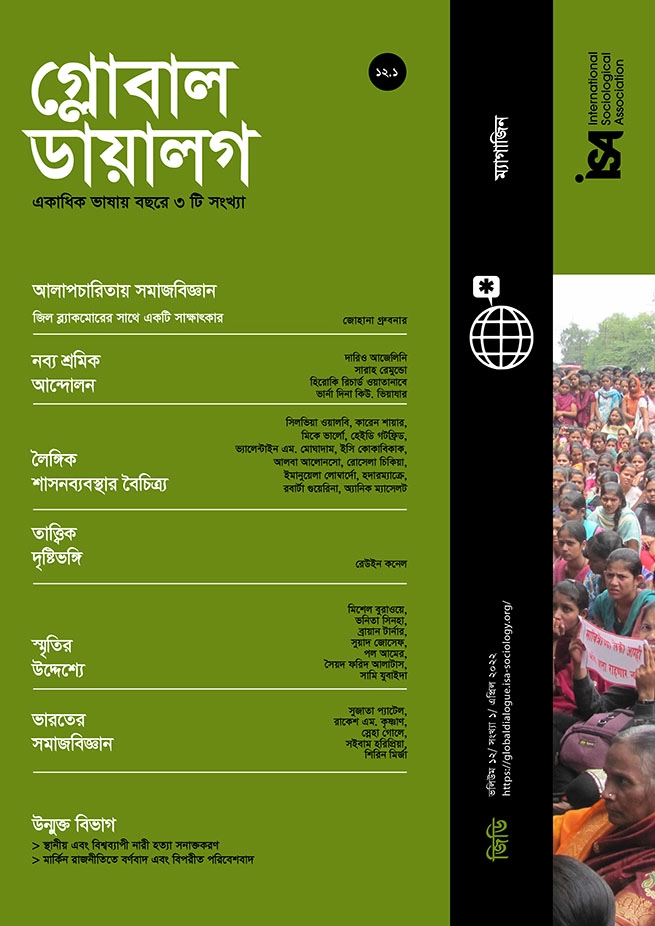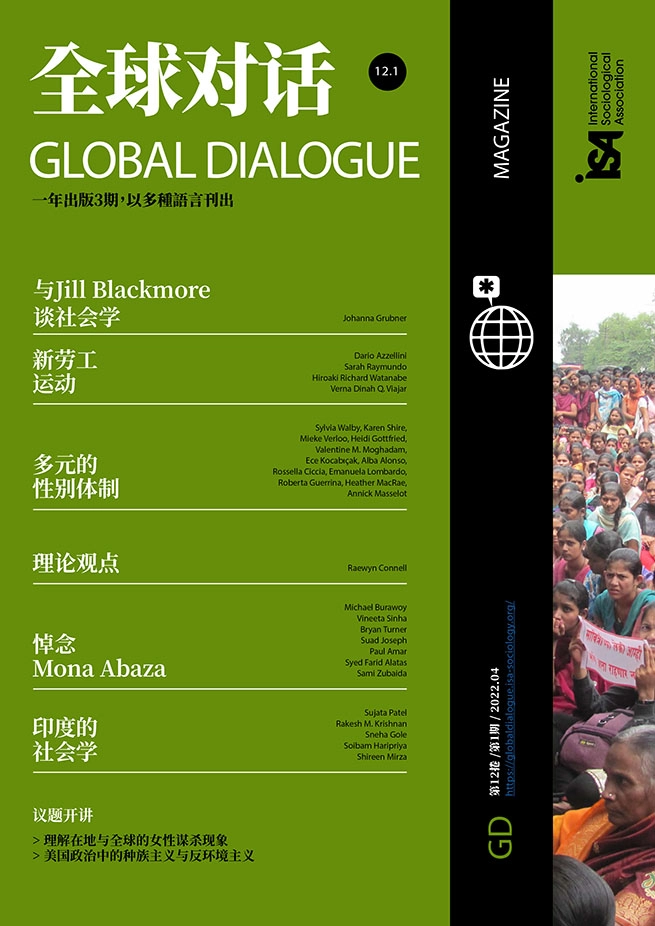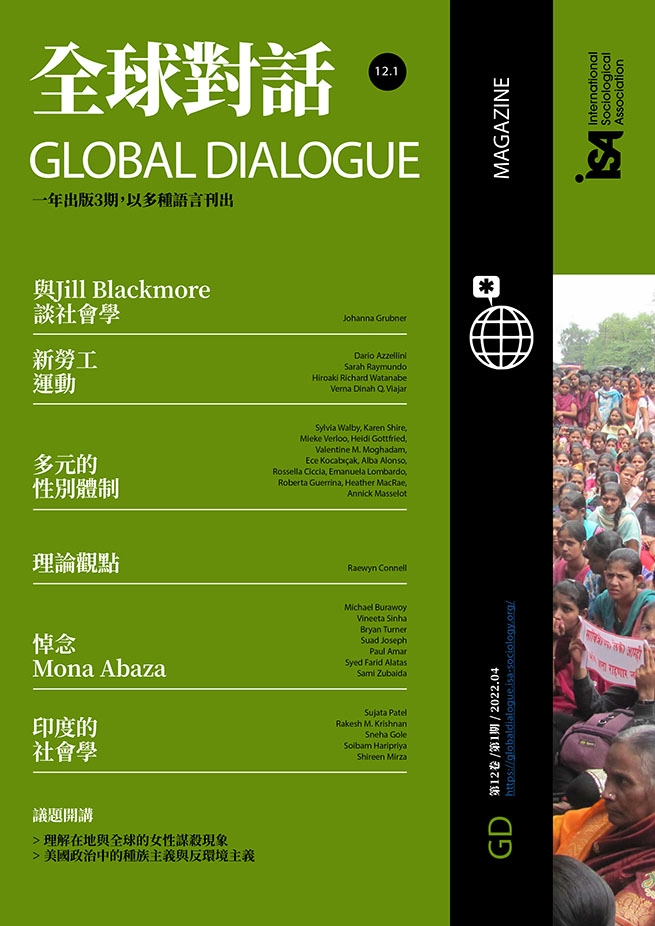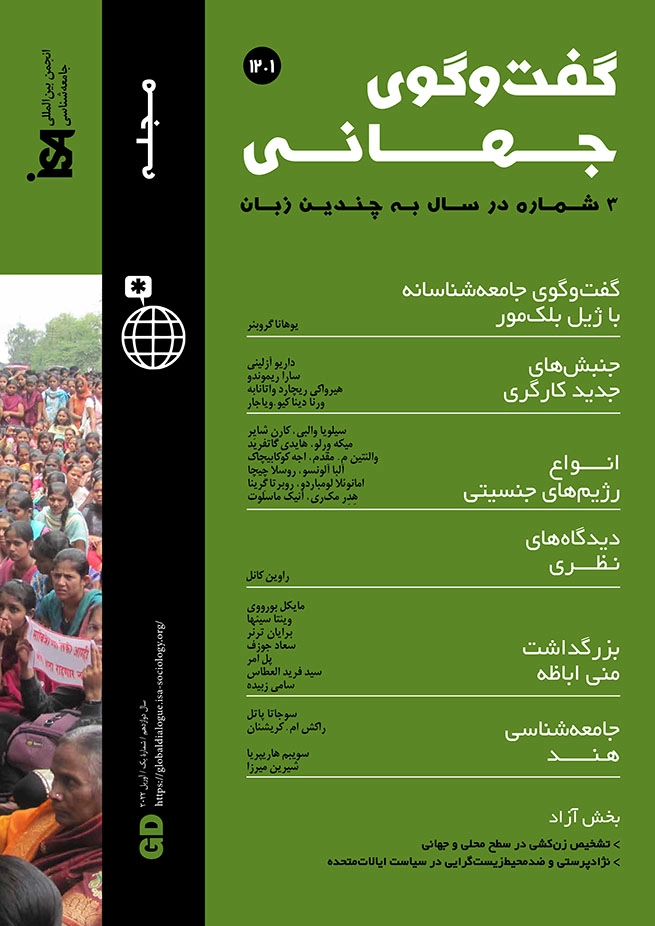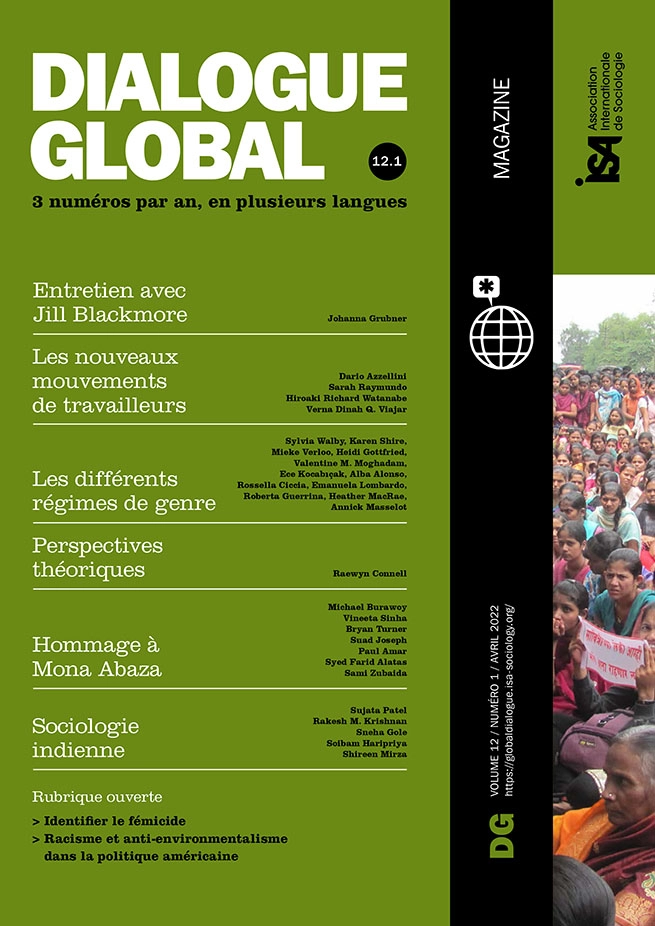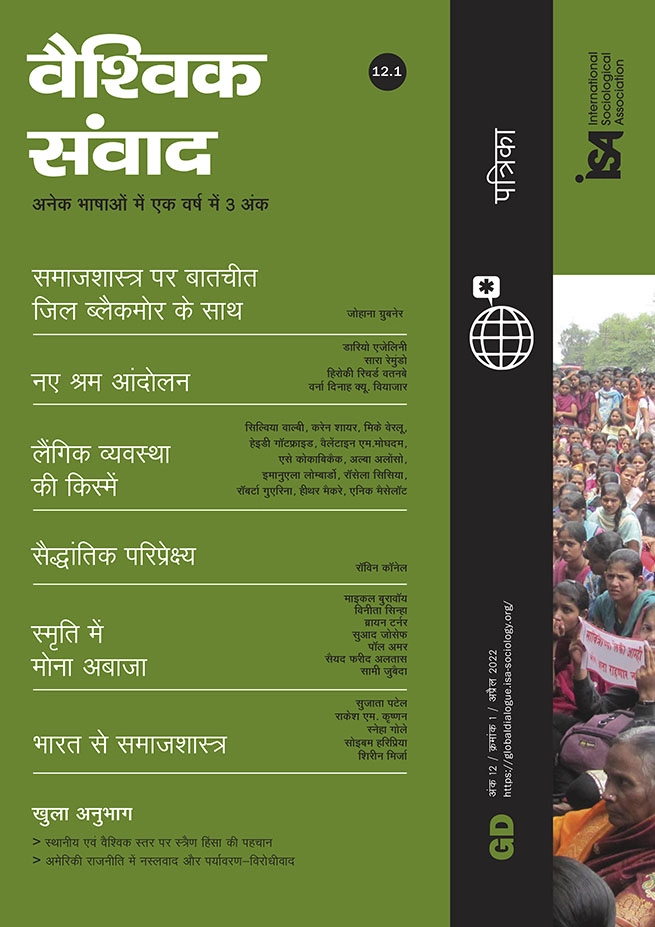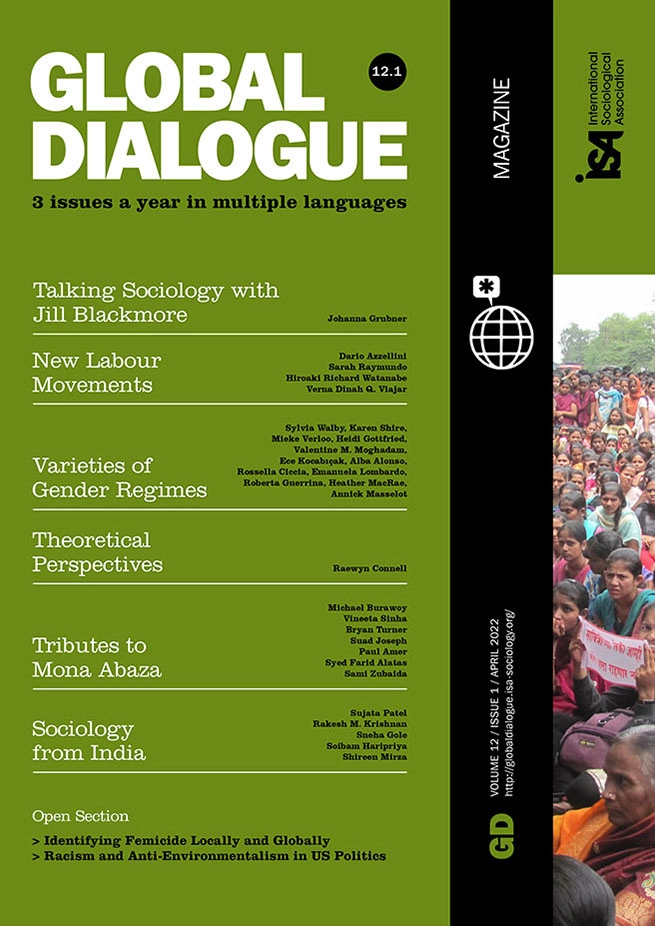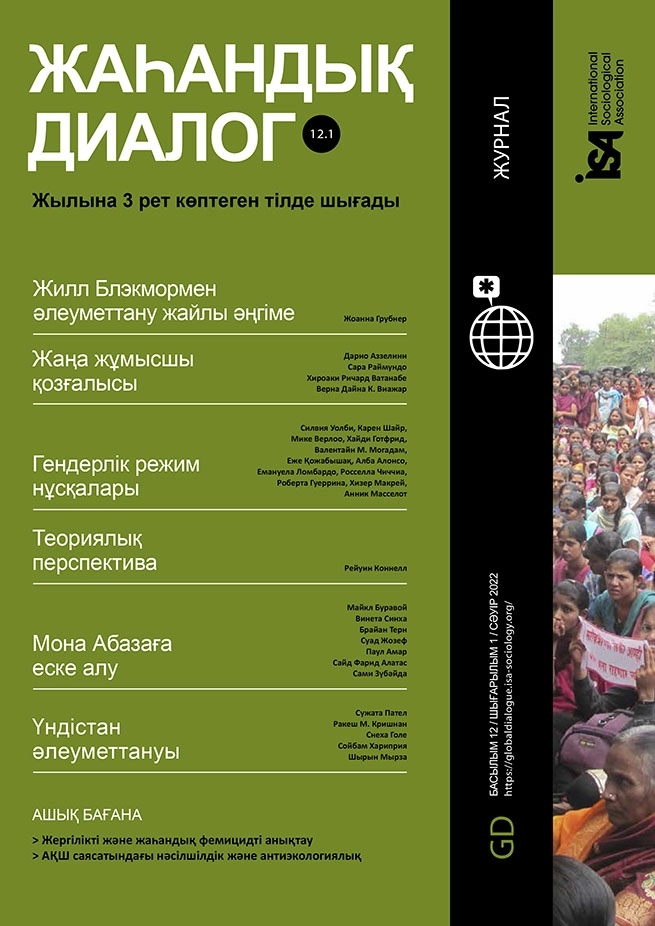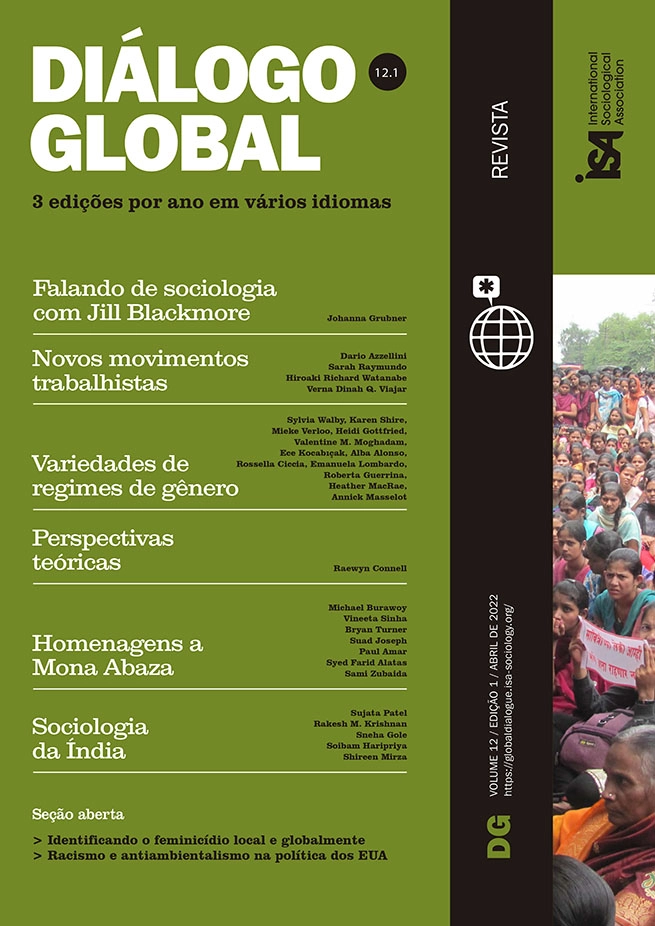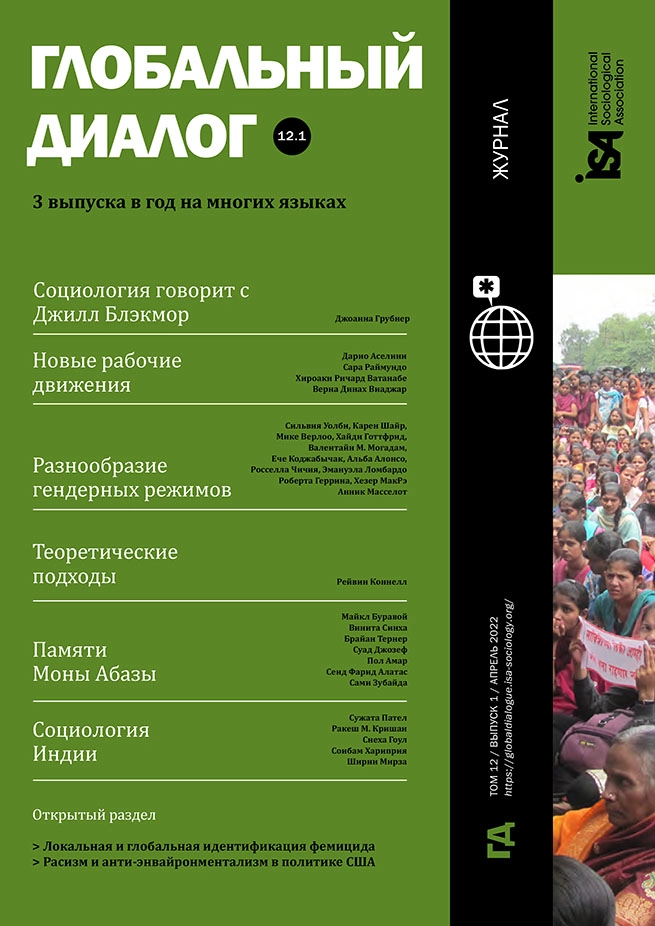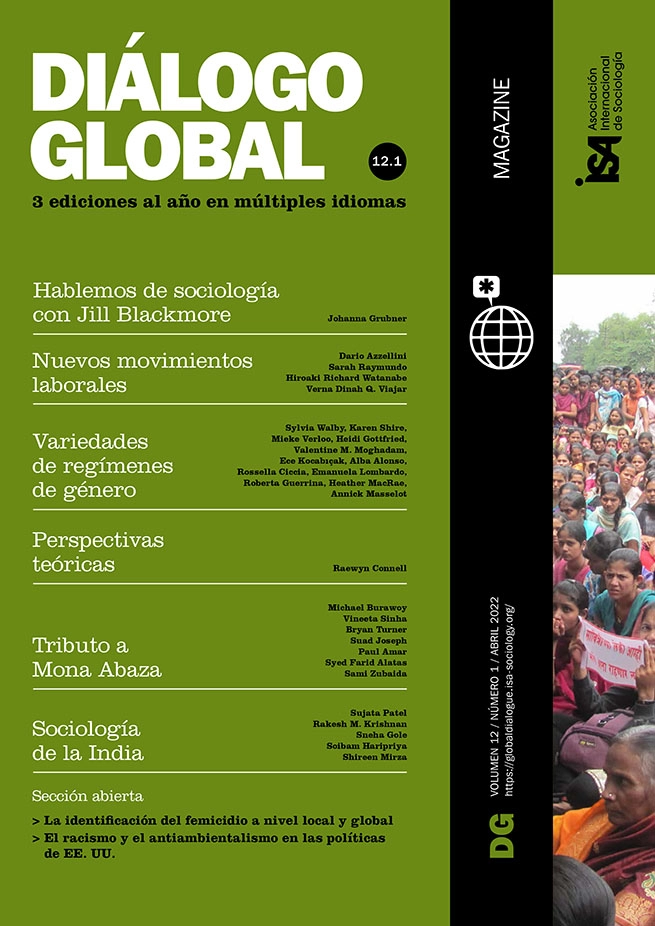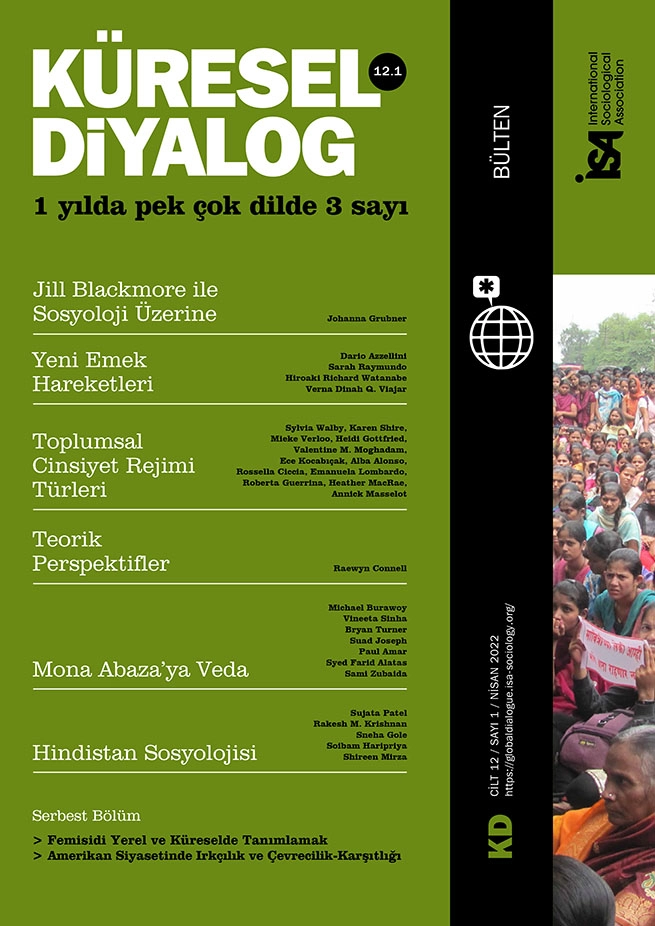Playing with Fire: The Sociology of Masculinities

February 25, 2022
Questions about masculinities – different ways of occupying the social position of a man - are by no means new. The Sumerian-Akkadian Epic of Gilgamesh, four thousand years ago, told a story of two contrasting masculinities, the urbane royalty of Gilgamesh and the wild-man Enkidu. The great classic of Hellenic literature, the Iliad, told of the love between Patroclus the impulsive and inadequate comrade, and Achilles the bitter, efficient killer. Indeed that relationship was the hinge of Homer’s story.
The modern sociology of masculinities does not depend on legends, though we should remember its deep cultural background in stories of power, violence, and comradeship. As the South African psychologist Kopano Ratele reminds us, it is easy to over-simplify “traditional” masculinity. Actual traditions are multiple, complex, and contested.
Emergence: from sex roles to structural theory
The meaning of masculinity can be put in doubt by social crises, from colonial conquest to mass unemployment, and by challenges from women’s movements. It’s not surprising that the pioneering psychoanalytic explorations of masculinity (by Freud, Jung, and above all Adler) coincided with the women’s suffrage movement and the idea of the “new woman” in central Europe. This was the society that produced the first full-scale sociological theory of gender, developed by the German feminist educator Mathilde Vaerting.
A turning point for modern research on masculinity was the global Women’s Liberation movement in the 1970s. At that time, the leading social-scientific framework for understanding gender was the idea of “sex roles.” This remains a familiar idea in mass media, in social psychology, and in practical fields such as education and health work. The development of masculinity can be interpreted as the learning of a sex role, while smoking, bad diet, and road accidents among young men can be seen as consequences of male role norms.
The idea of sex roles is a useful first approximation of a social analysis of gender. It provides a clear alternative to the belief that masculinity and femininity are fixed by genetics or by God. It calls attention to the agents (parents, mass media, etc.) who define the norms and influence learning. The concept recognizes that sex roles can change if the social norms governing them should change. In the 1970s, many feminist groups set out to change the norms for the female role. Some activists tried to do the same for the male role, speaking of “men’s liberation” alongside the liberation of women. In the United States this agenda influenced a progressive national organization for men formed in 1981-82.
But serious weaknesses in the sex role concept soon became apparent. It was usually assumed that there was one male role and one female role in any society. Empirical research repeatedly showed multiple gender patterns. Role theory could not explain the massive gender differences in wealth, income, and land ownership that exist in most parts of the world. At best, it could show adjustments to economic inequality. Sex role theory, finally, had great difficulty with issues of power and violence.
By the 1980s, social scientists in a number of countries were trying to work beyond the role/norm approach. They treated gender as a large-scale social structure, involving economies and states as well as families and inter-personal relations. At the same time, more complex pictures of masculinity were being constructed, drawing ideas from gay liberation and civil rights movements as well as from women’s liberation. Sociologists also drew on psychoanalysis, ethnography, and quantitative research.
In 1985, Sigrid Metz-Göckel and Ursula Müller published Der Mann, reporting a national survey of men’s lives and attitudes in Germany. In the same year, an Australian team published a manifesto “Toward a new sociology of masculinity,” and three sessions about “men’s studies” were held at the activist organization’s conference in the United States. Even before that, Ashis Nandy in India published his brilliant account of the construction of masculinities in colonialism, The Intimate Enemy (1983).
The global terrain
Within a decade, a field of research had been established, variously known as “men’s studies” (in parallel with “women’s studies”), “Männerforschung” (research on men) in German, “masculinity studies,” “critical studies on men and masculinity,” or similar phrases. Its initial centers were in universities in rich countries and regions: Germany, Scandinavia, the UK, the USA, and Australia. The universities did not set up men’s studies departments. Rather, teaching about masculinity was usually done in broader gender-studies programs, or in gender courses in departments of sociology, history, literature, and other human sciences.
During the 1990s and after, specialized journals were created; there are now eight research journals dealing with masculinities, published in five different countries. There have been several initiatives to set up specialized research centers, but only a few have continued. Conferences of researchers, however, have been frequent since the 1990s. In a mighty feat of bibliography, a very extensive list of publications has been maintained online since 1992, coordinated by Michael Flood in Australia; it is open-access at www.xyonline.net.
The discussions were international from the start, and the research field rapidly became global. By the turn of the century, not just individual articles but whole collections of research on masculinities had appeared, or were about to appear, from India, Chile, Brazil, the United States, Britain, Germany, southern Africa, Australia, Japan, and the Nordic countries. Research with men for violence prevention has been sponsored on a multinational scale by United Nations agencies, for instance in countries of south and south-east Asia. More multi-country collections have appeared, covering fields such as masculinity and sport, masculinities in disasters, and indigenous masculinities.
In this worldwide effort, the most sustained program of masculinities research is the series of international conferences, books, and research projects organized by José Olavarría, Teresa Valdés, and their colleagues in Chile. This program has been running productively for over twenty years, and has recently been celebrated with an anniversary volume Masculinidades en América Latina: Veinte años de estudios y políticas para la igualdad de género.
The field has always had a practical side. The early link to liberation movements meant an interest in changing masculinities and contesting oppression. Many programs to reduce gender-based violence have been launched, combining research and activism – difficult as this task has been. Masculinity research rapidly found applications in professional fields including the education of boys, counselling and psychotherapy, and issues around men’s health (including diet, accident prevention, smoking, alcohol consumption, workplace stress, and sexually transmitted diseases).
Changing ideas about masculinities
No research field can remain static; research is, after all, designed to extend and correct our knowledge. Over the last forty years, masculinities research has of course seen debates, shifts, and sometimes shocks.
One of the debates has concerned the sociological concept of “hegemonic masculinity.” This idea was introduced during the 1980s in a structural analysis, connecting hierarchy among masculinities with the overall inequalities between men and women. Since then, the idea of hegemonic masculinity has often been used without the background analysis of social structure. Despite this simplification, the concept has helped to keep masculinity research aware of power and inequality in gender relations. It has therefore been of value in research on masculinized elites, as well as in studies of schools, workplaces, and mass media.
But we can over-emphasize structural determination. In response to that problem, there has been more emphasis on flexibility in the definition and practice of masculinities. Post-structuralist approaches that understand gender mainly in discursive terms have supported this. Particularly interesting are suggestions that hegemonic forms of masculinity may change by adopting aspects of subordinated masculinities. This idea has given rise to the concept of “hybrid masculinities,” which is helpful in understanding how gender orders change.
The question of change raises a strategically important theme. How do we theorize more egalitarian forms of masculinity, which, we may hope, prefigure ways for men to live in a gender-equal society? From early days there has been a scatter of such research. Researchers have looked at masculinities being re-imagined in the environmental movement, at husbands sharing the housework in “fair families,” at workers who become house-husbands, at young men practicing more engaged fatherhood, at soldiers who become peace activists. Surveys of social attitudes in a number of countries have found more commitment to equality between women and men, and more acceptance of gay men, in younger generations. Whether we should think of these patterns as one new form of masculinity is debatable. But it is important to know that research yields stories of positive change, as well as stories of violence and oppression.
Complicating the world picture
Like many other fields of sociology, the study of masculinities has been influenced by the idea of intersectionality. Research on masculinities long ago recognized cultural differences, especially in relation to social class. Paul Willis’s study of British working-class youth in Learning to Labour (1977) is a notable example. Questions of ethnicity, race and indigeneity have come more into focus in recent decades.
“Intersectionality” provided a name for cross-cutting social hierarchies, but the geometrical metaphor often produced a static picture of difference. Recent work, such as Mara Viveros Vigoya’s Les couleurs de la masculinité (2018), based on her research in Colombia, shows how a historically dynamic treatment of intersectionality can illuminate the realities of power, oppression, and social struggle.
Very important for the future of the field, social research on men and masculinities is incorporating more postcolonial, de-colonial, indigenous, and Global South perspectives. For a decade the studies of masculinities in colonialism by Ashis Nandy in India and Jock Phillips in Aotearoa New Zealand stood practically alone. This field of history is now much richer. There is also a growing wealth of surveys, ethnographies, institutional studies, and theorizing about masculinity from postcolonial and semi-peripheral countries. We now have, especially from Latin America, the beginnings of a general account of how imperialism, colonization, and postcolonial dependence have shaped the making of masculinities.
The politics of knowledge
I called this article “playing with fire,” because serious research on masculinities is likely to bump up against powerful interests. Social research and theory is generally dangerous to the conventional beliefs that protect social hierarchies. This is not a small matter. When we look at the most powerful groups in the world – the billionaires, the transnational corporate managers, the generals, the political elites, the religious authorities – we are looking at strongly masculinized groups. Backlash would not be surprising, and backlash has come.
The best-selling books on masculinity are not the research-based literature; rather they are pop psychology celebrations of an imaginary “true masculinity.” The first grant I received for empirical research on masculinities, back in the 1980s, was attacked by conservative politicians in the national parliament. The whole field of gender studies has recently been banned from universities by the authoritarian government of Hungary. Other governments are de-funding the humanities and social sciences generally. Attacks on “gender theory” have recently come from ultra-conservatives in the Catholic Church, in a campaign that has now spread internationally among right-wing parties and movements.
So this is not a peaceful field for researchers! But a deeper understanding of masculinities matters, both for the social sciences and for social justice struggles. It is a necessary part of the study of gender and sexuality, and of research in fields ranging from family studies to industrial sociology. Knowledge about masculinities helps us understand both pressures for social change and resistances to change. This field of knowledge offers sociologists new connections with both social movements and professional practices. Perhaps most important, studying masculinities has added a new dimension to our understanding of power, and how power becomes embedded in everyday life. It’s important that this work should continue.
Raewyn Connell, Professor Emerita, University of Sydney, Australia, and member of ISA Research Committees on Women and Society (RC32) and Conceptual and Terminological Analysis (RC35), <raewyn.connell@sydney.edu.au>

